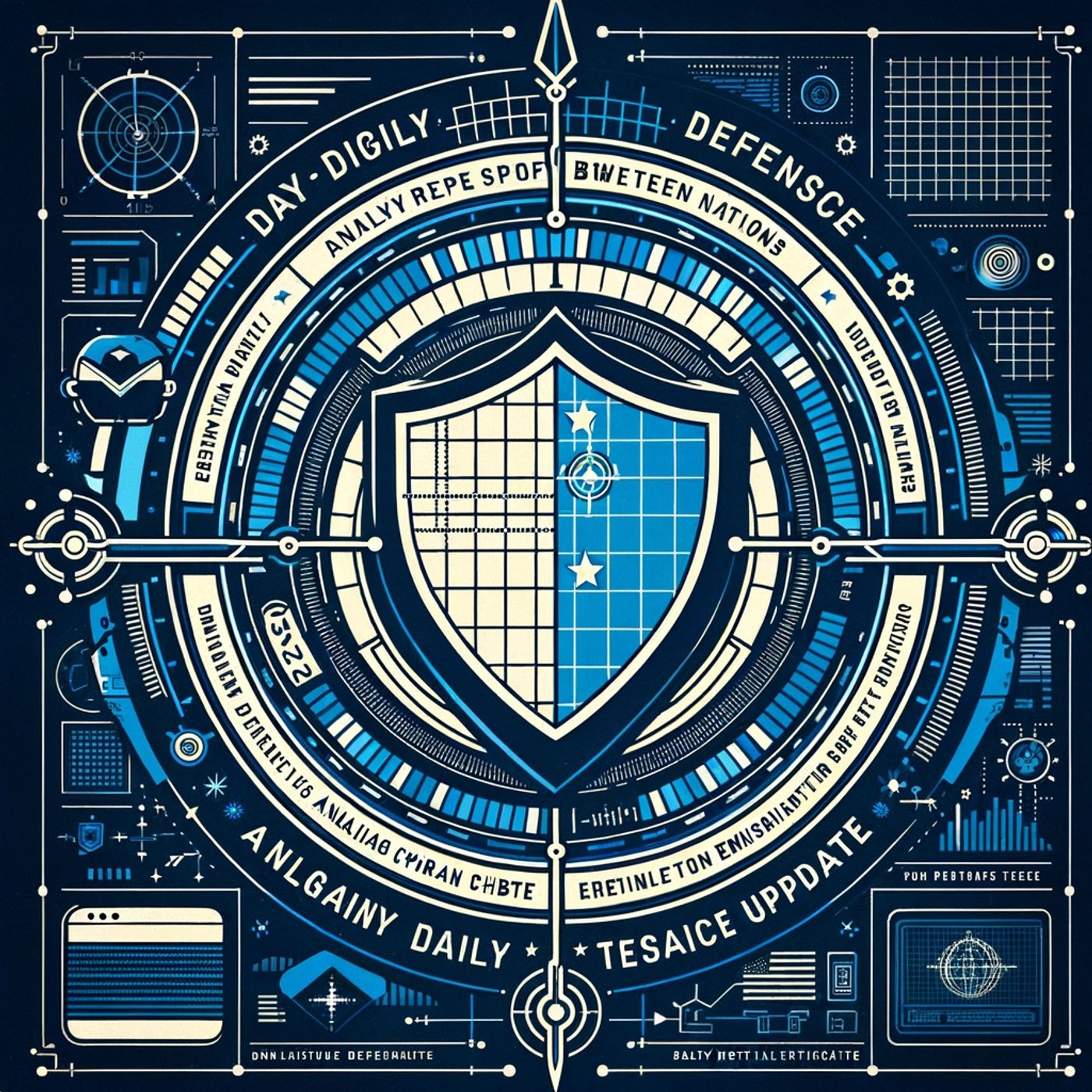Listen "Hacked in a Handbasket: CBO Breached, Shutdown Woes, and Chinese Cyber Cloak-and-Dagger"
Episode Synopsis
This is your China Hack Report: Daily US Tech Defense podcast.Hey there, I’m Ting, your go-to for all things China, cyber, and—today especially—hacking drama in the US tech defense landscape. Buckle up, because the last 24 hours have been a digital roller coasters with a side order of government shutdown chaos and a main course of China-linked cyber intrigue.Let’s jump right in with the headline-grabber: the Congressional Budget Office, or CBO, just got hit by a cyberattack suspected to be backed by Chinese state actors. CNN broke the story, and the email blast to congressional staff said this attack’s not over yet—staff were urged to steer clear of links from CBO accounts while the investigation scrambles onward. Now, the CBO isn’t just any government agency; it provides lawmakers with budget projections and legislative analysis. Imagine the foreign intelligence value as Congress wrangles with trade and policy—no wonder this was a target of choice. And just to raise the stakes? This breach happened with the backdrop of a record-breaking 37-day federal shutdown, which meant massive CISA staff furloughs, thinning the cyberdefense ranks to almost a skeleton crew. The CBO’s spokesperson, Caitlin Emma, said they’ve jumped straight into containment mode and fired up extra monitoring, but the threat persists.Next, we need to talk about the technical nitty-gritty. Over at Symantec and Carbon Black, researchers revealed details on how these China-linked attackers—think APT41, Kelp, and the ever-hungry Space Pirates—use everything from ancient bugs like Log4j and Apache Struts to fresh exploits in Atlassian and GoAhead web servers to worm their way in. This isn’t smash and grab. This is classic, maintain-your-stealthy-beachhead for weeks, maybe longer. Case in point: after sneaking in, attackers often set up scheduled tasks using Windows tools, inject code into legitimate processes, and then tunnel back to command-and-control servers. We’re talking about new flavors of malware, from custom remote access trojans to DLL loaders sideloaded into “csc.exe,” and even use of old favorite tools like netstat for network sniffing. There’s a powerful trend here—tool sharing among Chinese-linked groups makes attribution messy and detection even worse.The sectors under siege? Today, it’s federal government, policy-making non-profits, and let’s not forget the financial sector, which, thanks to regulation changes, is running tabletop cyber resilience exercises just to keep up with the attacks. For everyone else, the attacks serve as a wake-up call that nobody—especially those influencing US policy or holding sensitive information—is out of range.What about patches and emergency actions? Amid this chaos, CISA issued new guidance to lock down Microsoft Exchange and VMware systems after active exploits related to China-linked intrusions surfaced. Agencies are urged to patch CVE-2025-41244 for VMware and check Exchange configs ASAP, restrict admin access, and turn on multi-factor authentication wherever possible. Also, attention is locked on WinRAR’s new security hole, after researchers tracked exploitation chains delivering shellcode back to Chinese-controlled servers.Immediate advice? If you’re running key US infrastructure—think government, energy, financial—stop what you’re doing and check your logs for odd scheduled tasks, unusual connections, and legacy software exposure. Update, patch, and enable network segmentation. Incident response isn’t optional, it’s your Friday night plans.That’s a wrap from me, Ting. Thanks for tuning in to China Hack Report: Daily US Tech Defense. Don’t forget to subscribe to stay ahead of the next zero day. This has been a quiet please production, for more check out quiet please dot ai.For more http://www.quietplease.aiGet the best deals https://amzn.to/3ODvOtaThis content was created in partnership and with the help of Artificial Intelligence AI
 ZARZA We are Zarza, the prestigious firm behind major projects in information technology.
ZARZA We are Zarza, the prestigious firm behind major projects in information technology.
